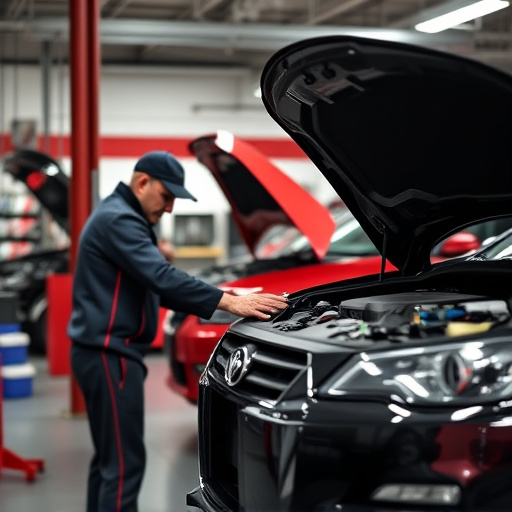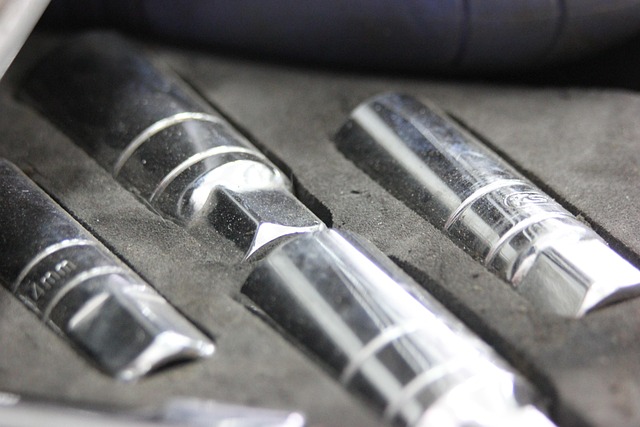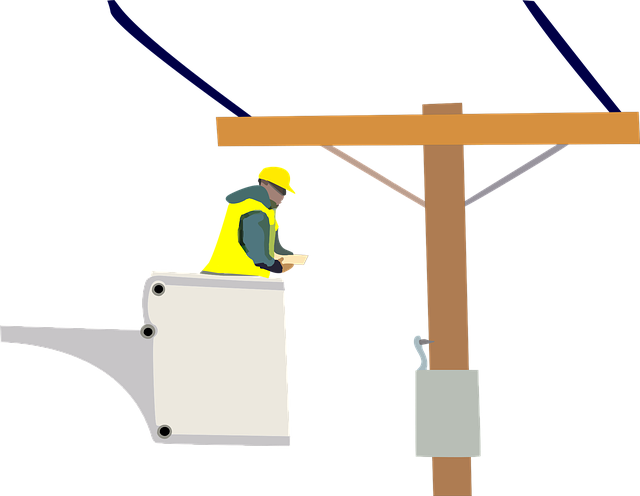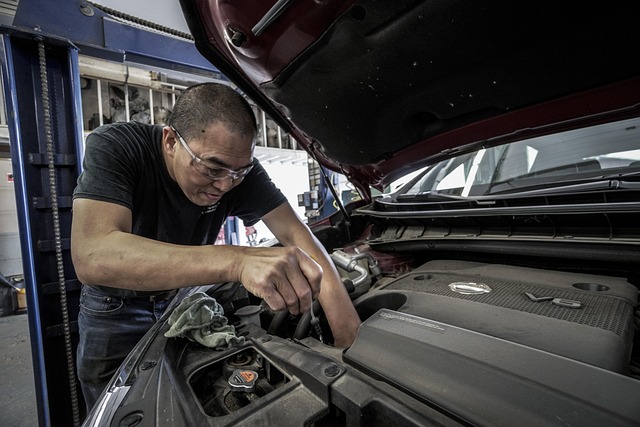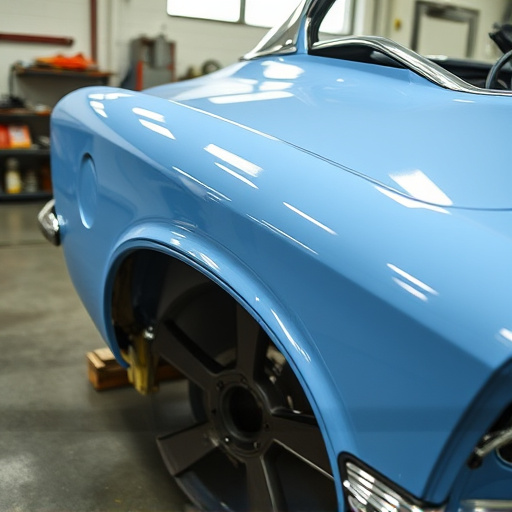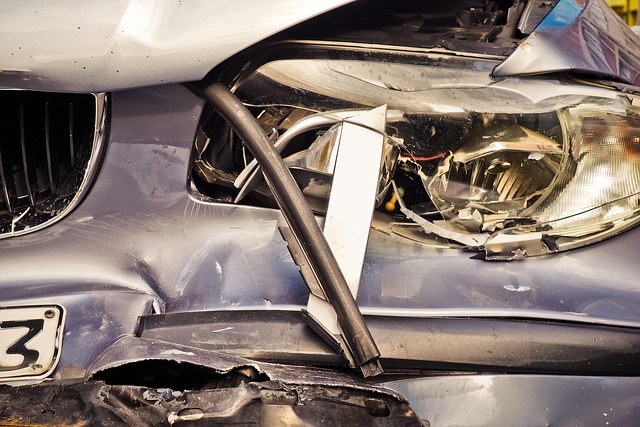After a collision, thoroughly inspect wheels and tires for uneven tread wear or unusual vibrations, indicating potential steering alignment issues. If your vehicle drifts or struggles to maintain a straight path, seek immediate professional attention from a specialized Mercedes Benz repair shop for safe and effective steering alignment repairs.
After a car accident, your vehicle might display subtle warning signs indicating steering trouble. This can be particularly crucial as you navigate post-collision safety and repairs. Recognizing physical signs like uneven tire wear, vibration while steering, or difficulty turning is essential. Additionally, behavioral indicators such as steering wheel shudders or unpredictable handling should not be ignored. If you experience these symptoms, it’s wise to seek professional assistance for thorough inspection and timely steering alignment after a collision.
- Recognizing Physical Signs of Steering Alignment Issues
- Behavioral Indicators Your Vehicle May Need Steering Repair
- When to Seek Professional Assistance After a Collision
Recognizing Physical Signs of Steering Alignment Issues
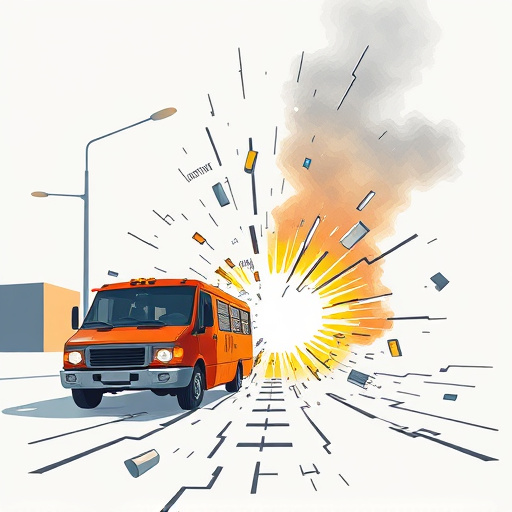
After a collision, it’s crucial to pay close attention to any physical signs of steering alignment issues. One of the first things to check is the position and condition of your vehicle’s wheels and tires. Look for uneven wear patterns on the treads, which could indicate misalignment or damage to the suspension components. If you notice that one side of your car’s wheels is wearing down faster than the other, it might be a warning sign of an improper steering alignment.
Additionally, take note of any unusual vibrations or pulling sensations while driving straight ahead or at low speeds. These could suggest problems with the steering rack, tie rods, or ball joints. If you feel your vehicle drifting to one side or experiencing difficulty keeping a straight path, it’s essential to have an automotive body shop or auto frame repair specialist inspect these components as soon as possible. Prompt auto body work can prevent further damage and ensure safe driving conditions.
Behavioral Indicators Your Vehicle May Need Steering Repair

After a collision, your vehicle may exhibit behavioral indicators that hint at potential steering problems. Even if the initial inspection doesn’t reveal obvious physical damage to the steering wheel or column, an accident can disrupt the delicate balance of your car’s alignment. This is particularly true for high-speed impacts, which can cause internal damage to critical components.
Pay attention to unusual noises coming from the steering system during turning, such as clicking, popping, or whistling sounds. Unsteerability, where your vehicle drifts to one side while driving straight or makes abrupt turns without clear input from the steering wheel, is another red flag. If you notice vibrations that persist beyond the initial bounce after hitting a bump, it could indicate damage to the steering rack or suspension. These behavioral cues suggest the need for a thorough inspection by a qualified mechanic, who can diagnose issues related to steering alignment after a collision, ensuring your safety on the road and restoring your vehicle’s proper handling characteristics through expert vehicle repair.
When to Seek Professional Assistance After a Collision
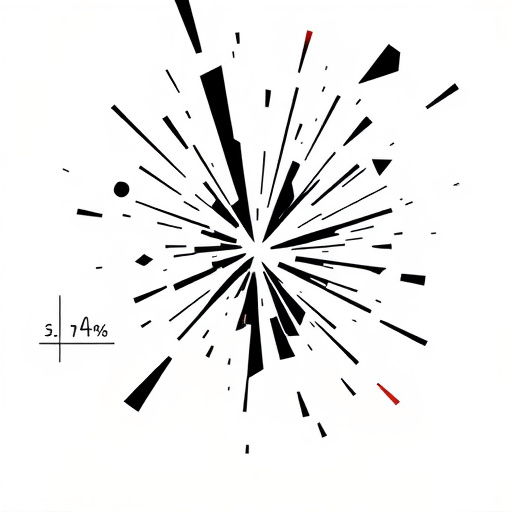
After a collision, it’s crucial to assess your vehicle for any potential damage, especially to critical systems like steering alignment. Even if your car appears minorly damaged, off-kilter steering or handling abnormalities could indicate more severe underlying issues. If you notice unusual vibrations, pulling to one side while driving, or the steering wheel doesn’t return to center, it’s time to seek professional assistance.
Don’t delay visiting a reputable car body shop or collision center for a thorough inspection. Mercedes Benz repair specialists are equipped with advanced technology to precisely gauge steering alignment and ensure your vehicle is safe to drive. Remember, neglecting these warning signs could lead to more extensive damage down the line, making timely intervention vital for both safety and cost-effectiveness.
After an accident, paying close attention to your vehicle’s performance is crucial. By recognizing physical signs like unusual tire wear, handling issues, or visual damage to the steering components, and understanding behavioral indicators such as vibration or noise during steering, you can identify potential steering alignment problems. If you notice any of these warning signs, it’s essential to seek professional assistance promptly to avoid further damage and ensure safe driving. Prompt action on steering alignment after a collision is key to maintaining vehicle safety and reliability.
